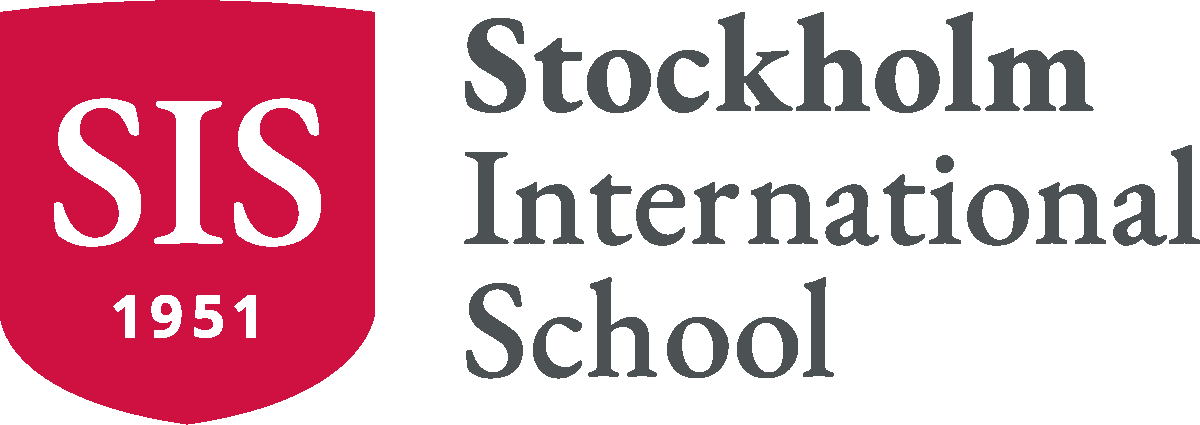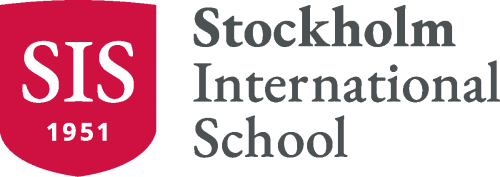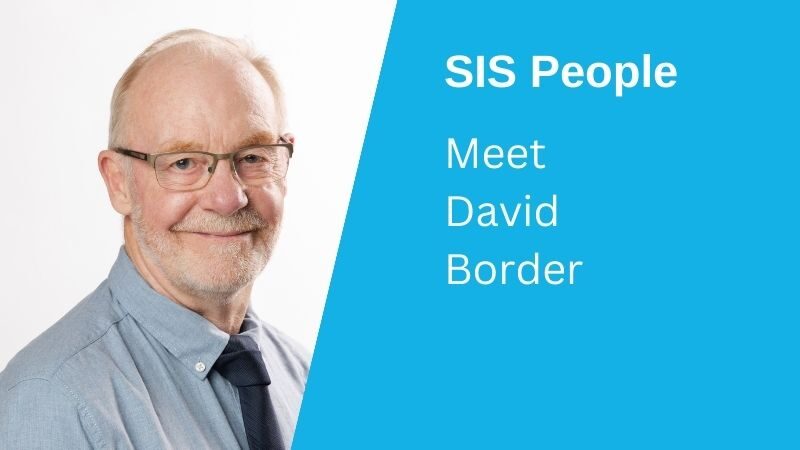David Border
MYP Science Teacher
David Border started at SIS in 2001. He has seen a wealth of change in over two decades, and has enjoyed every minute of it.
His teaching journey started before then though. Not in the years he spent teaching at Kungsholmen Gymnasium. Not in the days of his undergraduate degree and later Postgraduate Certificate in Education in the UK at Salford and St John’s College, York respectively. It actually started while he was still at school, but it was a conversation with a careers teacher that shaped his future.
‘I felt I wanted to be a teacher. Knowing I was good at sports my careers advisor asked me ‘’What about being a PE teacher?’’ I said it sounded like a good option, but he cautioned me against it. Teaching Physical Education – as it existed in those days – he said was part of a career, not a complete option. So I opted for science, which I enjoyed, and studied my A-levels accordingly.’
Constant enjoyment
The enjoyment that sustains David in his teaching has been constant throughout that career. ‘I love seeing the lights go in in a child’s head when they ‘get’ something, I enjoy seeing students learn, whether in the classroom or when I have been coaching junior rugby.’
When David arrived at SIS, the campus was only the Johannesgatan building. David was headhunted along with two colleagues to come to SIS and establish the first IB Diploma classes in science. The whole activity was located on the fifth floor, but the number of students expanded rapidly until that space was not sufficient. New space was then secured in Annexe B. Until it proved insufficient, and expanded within Annexe C. Which is now insufficient – so Norra Latin beckons for MYP science.
Throughout this growth and development however, David always remained acquainted with the whole school due to the wet labs still being located in Johannesgatan. But he recognises the change that has come with the growth, and the creation of different sites has brought with it a more fractured experience. ‘I remember being asked in Johannesgatan a couple of years ago if I was new here!’ he recalls with a chuckle. ‘In my early days, the whole staff could fit in one room.’
Of course, it’s not just the locations which have changed. Teaching methodology, and even what is there to be taught has changed radically during David’s time in the classroom. ‘When I started there was no genetic sequencing, no HIV, no internet. All this and technological innovation has come along and changed the landscape. We teach in a very different way now. Students have more possibilities. Their life used to be defined by the school boundaries, but now their social network is expanded and they learn in a truly international environment from people inside and outside the school. But I still encourage students to read books. And the students still have that willingness to learn. So those pleasures of teaching are still there – even if some of my references to things of 30 years ago sometimes don’t quite fall the way I expect them to!’
Outside SIS, David spends time bird-watching and enjoying the natural wilderness of Sweden. It’s one of the things that keeps him here, but what brought him here in the first place? He recalls a conversation when he first arrived at SIS. The person who brought me on board at SIS said to me once, David, we have three kinds of teacher here at this international school: the expats, the native Swedes, and the refugees of love! I guess I was one of the refugees. I met my Swedish wife in Zimbabwe and the move to Sweden was just a natural progression. I arrived prepared to sweep floors if that was the only job I could get, but my wife spotted an ad for a science teaching post in Kungsholmen, and the rest they say is history…’
It’s a history that isn’t quite going to end with David’s official retirement though. ‘I hope to go on doing some substitute work at SIS when the opportunity arises. I want to go on encouraging young people to enjoy science and get excited about studying it.’
After 22 years, David has, I’m sure, stirred a lot of excitement and cultivated many scientists in his classrooms.









